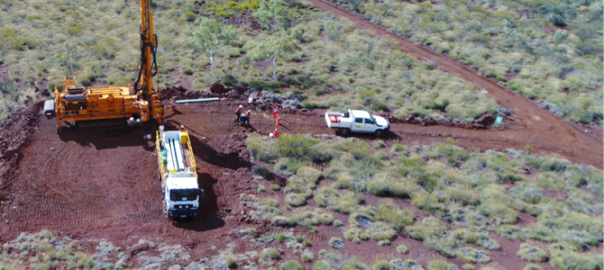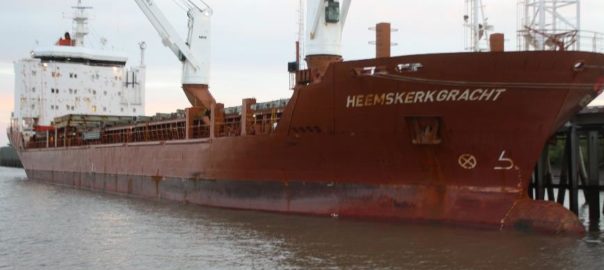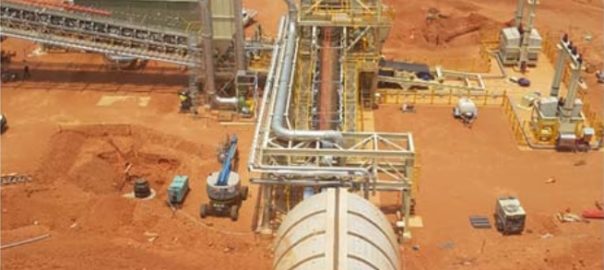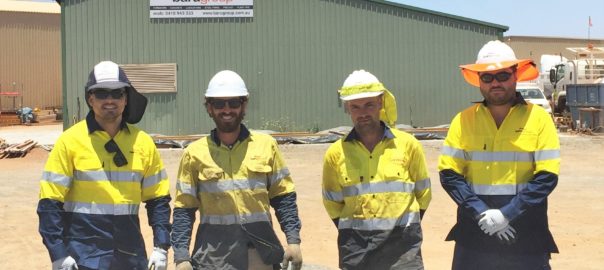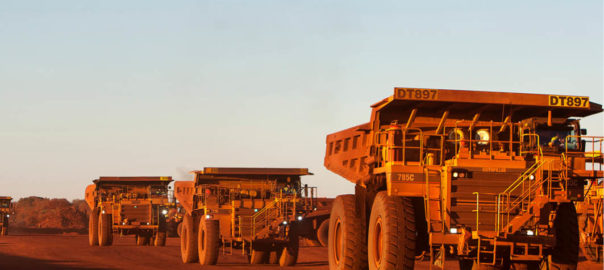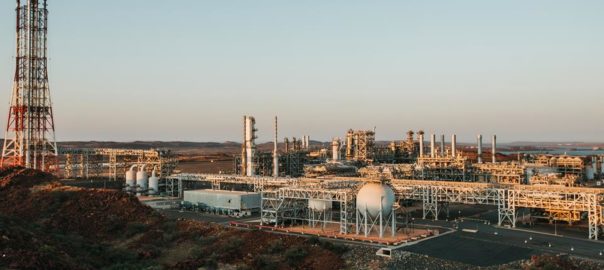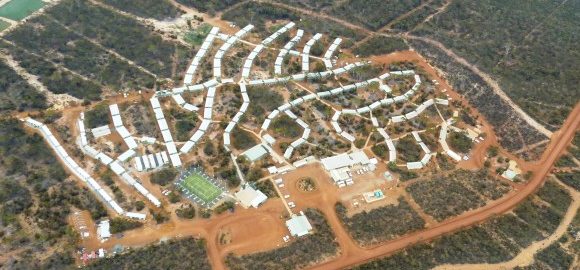NRW has been formally awarded the contract for Stage 1 earthworks, roadworks and drainage works of Fortescue Metals Group’s Eliwana Rail project in Western Australia.
The contract, which has a final value of around A$62 million ($44 million), follows the ASX-listed contractor being selected as the preferred contractor for these works at the end of last year.
The overall Eliwana mine and rail project is expected to cost $1.275 billion to build, and include 143 km of rail, a new 30 Mt/y ore processing facility (OPF) and infrastructure. Production is slated for December 2020 with a life of mine strip ratio of 1.1.
The project underpins the introduction of a 60% Fe grade product (Fortescue Premium) in the second half of the mining company’s 2019 financial year.






